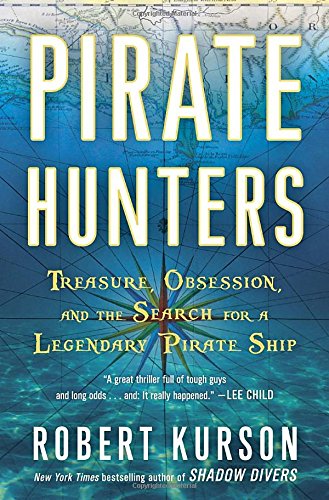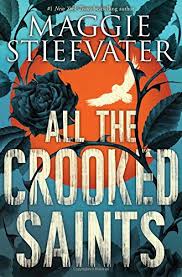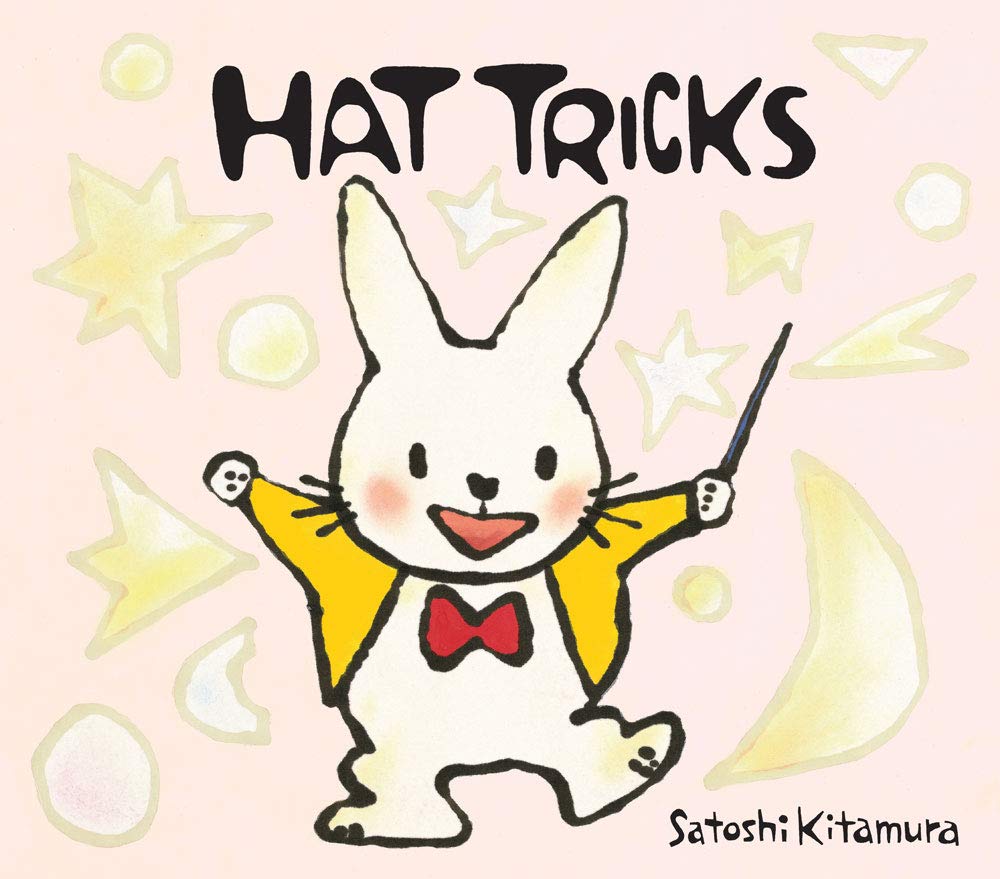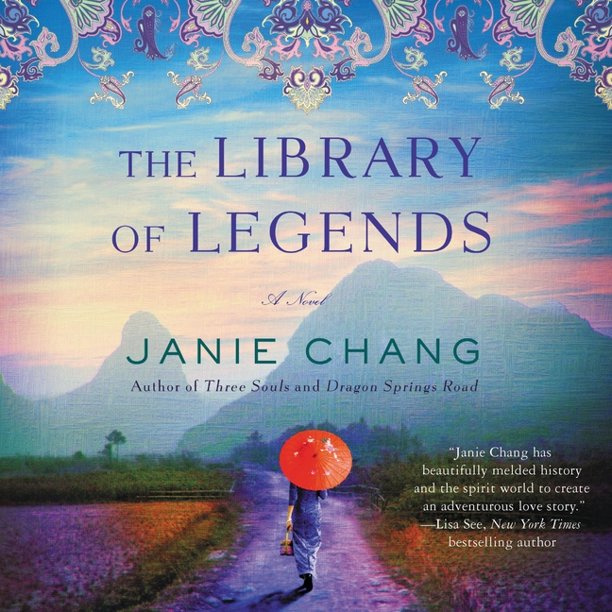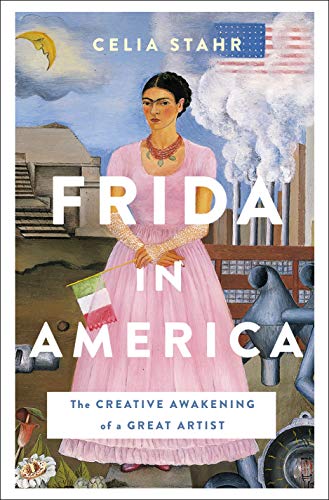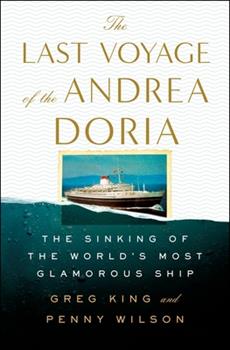 “Iron Lake” by William Kent Krueger
“Iron Lake” by William Kent Krueger
by Bryan McBride, LIS Librarian
What happens when a Windigo calls your name? Has Cork O’Connor heard the Windigo call his name? That is only one of the mysteries in this novel by Krueger. “Iron Lake” is the first book in the Cork O’Connor mystery series set in the Boundary Waters of Minnesota. O’Connor is part Irish-Catholic, part Anishinaabe Indian. With red hair and pale skin, he doesn’t look like one of The People, and opinions on the reservation are divided about his loyalty to them. It dates back to when Cork was the local sheriff, in which a dust-up between the local tourist industry and the Anishinaabe tribe over fishing rights for Iron Lake leads to a shooting that has taken the lives of a protester from Chicago and a tribal elder. Cork is held responsible by many from both Aurora and the reservation. A recall election ousts Cork from his position as sheriff. Cork blames himself and doesn’t fight his recall.
Now Cork has a difficult time disentangling his current life from his past life as sheriff, partly because many residents of both Aurora and the reservation continue to turn to him for help with their struggles, especially those that bump up against the justice system of Aurora, Minnesota. Cork is also struggling with a recent separation from his wife, who has a well-earned reputation for offering legal aid to those on the reservation. Recently removed from his job as sheriff and with marital issues which have also created some separation from his children, Cork is struggling mightily.
Paul LeBeau is an exceptional boy of mixed blood who delivers newspapers in Aurora. An Eagle Scout, he takes great pride in the skills he has honed. As he delivers the papers, he often thinks of all the ways he could handle various disasters that might befall Aurora. “Be prepared” is a motto precious to him.
But now Paul has disappeared. School closed early for the day due to an impending blizzard but that only heightened Paul’s desire to carry out his delivery responsibilities, and he hasn’t returned home following his deliveries. At the request of the boy’s mother, Cork begins a search for the boy, which begins at the last stop on the boy’s route to first discover if Paul finished his deliveries. That is the home of the local judge, and the judge is dead. And now Cork is first on the scene, just like the sheriff he once was. His first call is to the current sheriff who brings in the medical examiner, which like in many small towns, is barely competent and part-time as an M.E. With his quick intuitive skills of observation honed as a Chicago cop, Cork begins to doubt the medical examiner’s opinion of a suicide. And where is the boy? Did Paul hear the Windigo call his name?
Just as he can’t seem to disentangle his time as sheriff, he can’t separate the death of the judge from the missing boy. His search for the boy begins to expose harsh local secrets, and soon threatens Cork’s life.
Mysteries against a Native American backdrop are my favorite books within the mystery genre. For readers who enjoy the Walt Longmire mysteries by Craig Johnson, Joe Leaphorn and Jim Chee series by Tony Hillerman, or Charlie Moon mysteries by James Doss, this series by William Kent Krueger needs to be on the reading list. For a long time, the James Doss books were my favorite from this genre for their mix of Native American mystic and humor. Sadly, James Doss has passed away and the Charlie Moon series ended a few years back. But Johnson and Krueger carry on, delivering mystic known to Native Americans while Walt Longmire and Cork O’Connor solve local mysteries.




